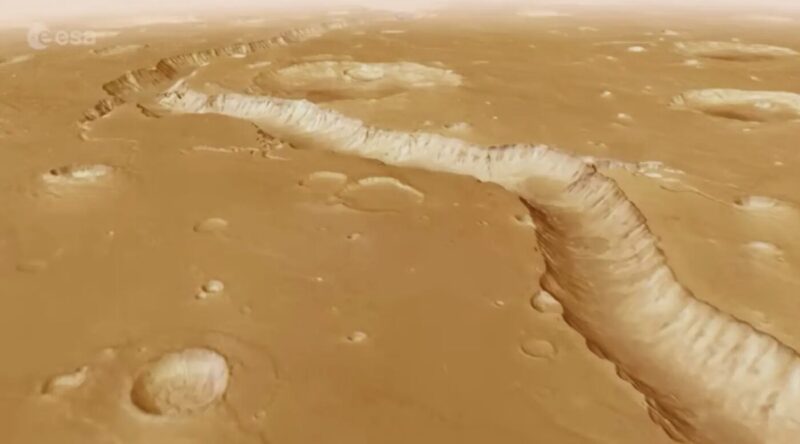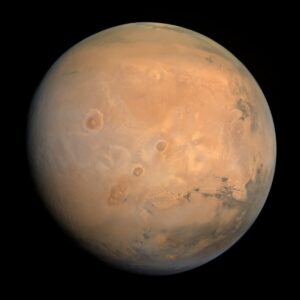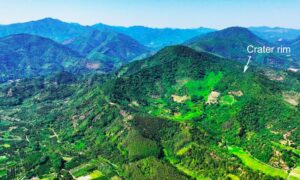The European Space Agency (ESA) has just made it possible for all wannabe astronauts to fly over the Red Planet — virtually. In a mesmerizing new video, viewers can glide over the ancient Shalbatan Vallis channel as it cuts through the arid, pockmarked landscape.
The 1,300km-long channel winds from the highlands of Xanthe Terra through the lower plains of Chryse Planitia, before curving back onto higher ground. Scientists believe this huge channel was carved out around 3.5 billion years ago, when vast quantities of groundwater rushed downhill across the planet. It gouged out the immense valley system we can now see.
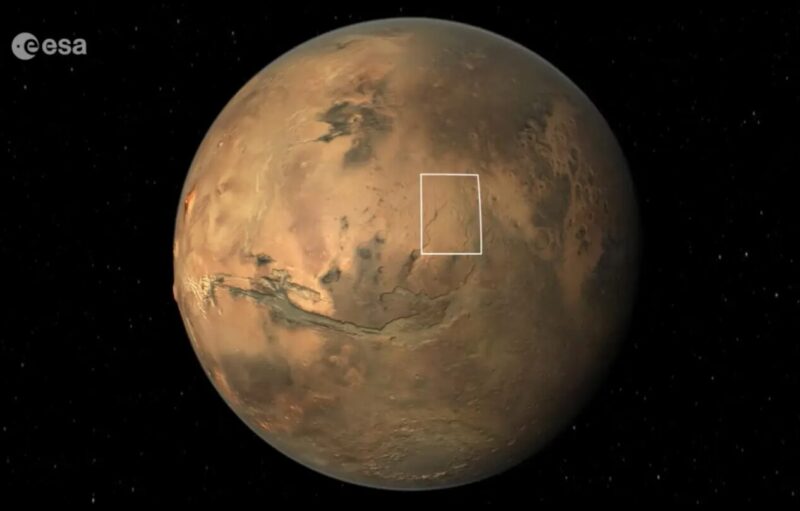
The Xanthe Terra region. Photo: ESA
As you move over the channel, viewers can see the pockmarked landscape surrounding it, created by countless space rocks smashing into the Red Planet. The flight concludes with a spectacular view of the Da Vinci impact crater, a 100km-wide basin that contains a smaller crater within it.
The video is built entirely from data gathered by ESA’s Mars Express spacecraft, which has been orbiting the Red Planet for the past 20 years. Using its High Resolution Stereo Camera, the Mars Express has been steadily mapping the Martian surface in extraordinary detail, while also studying the planet’s atmosphere, geology, and even its tiny moon, Phobos.
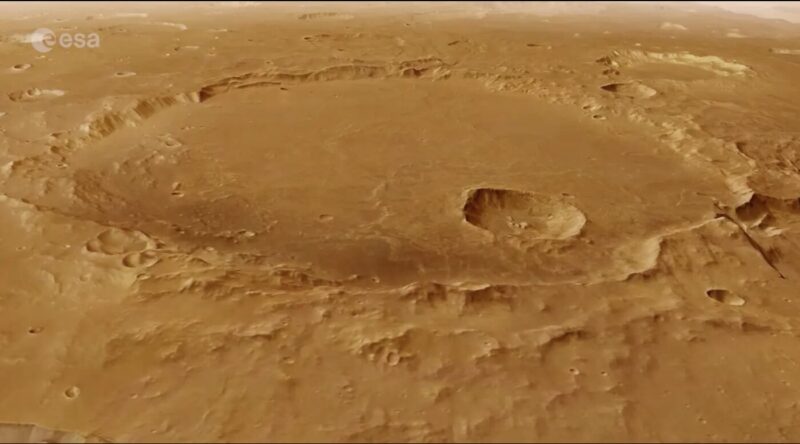
The Da Vinci Carter. Photo: ESA
To create this “virtual flight,” researchers created an image mosaic from the observations taken during a single orbit by the Mars Express. They then rendered them with a digital terrain model to produce a 3D view of the planet. Every single second of the film consists of 50 individual frames that have been rendered following a predefined camera path.
The video allows you to fly over Mars’ incredible landscape and imagine what our planet might have looked like billions of years ago.
